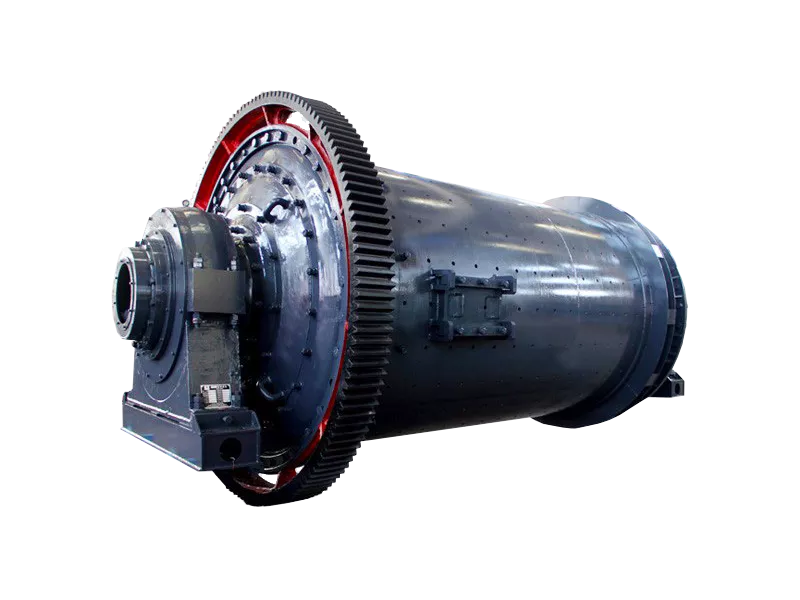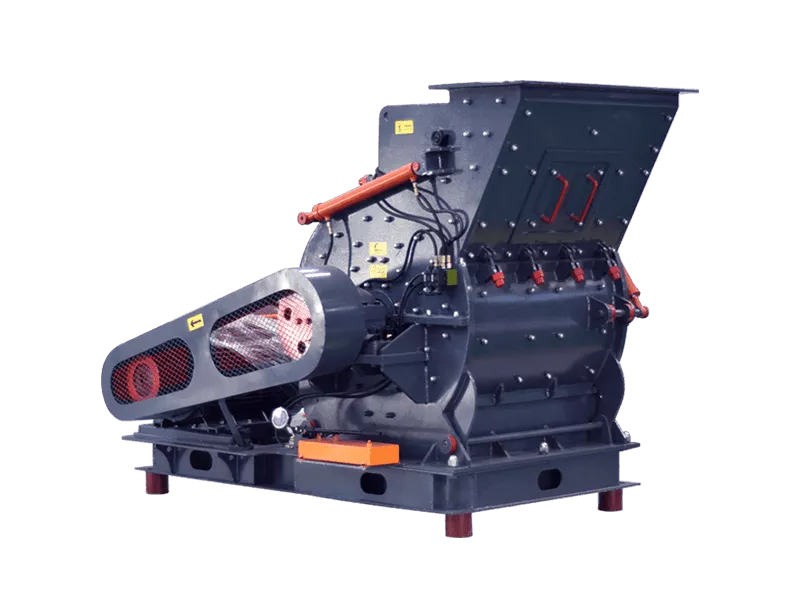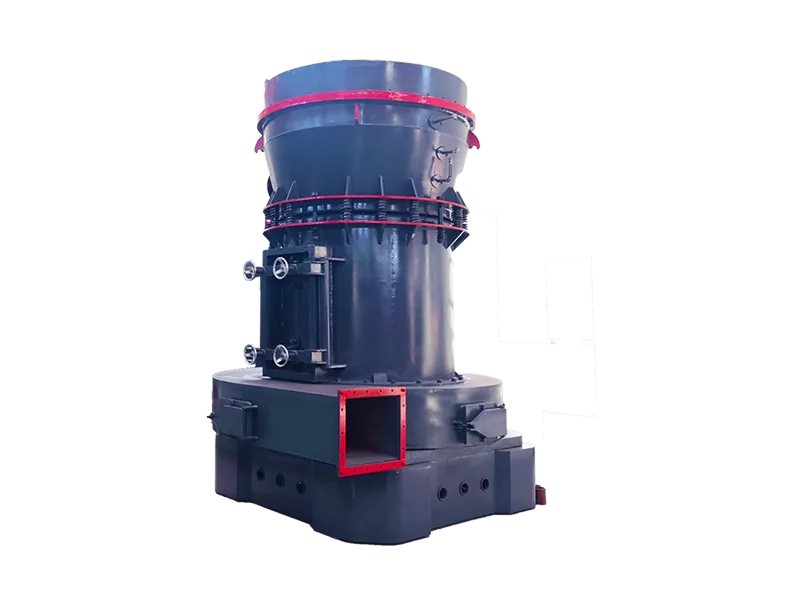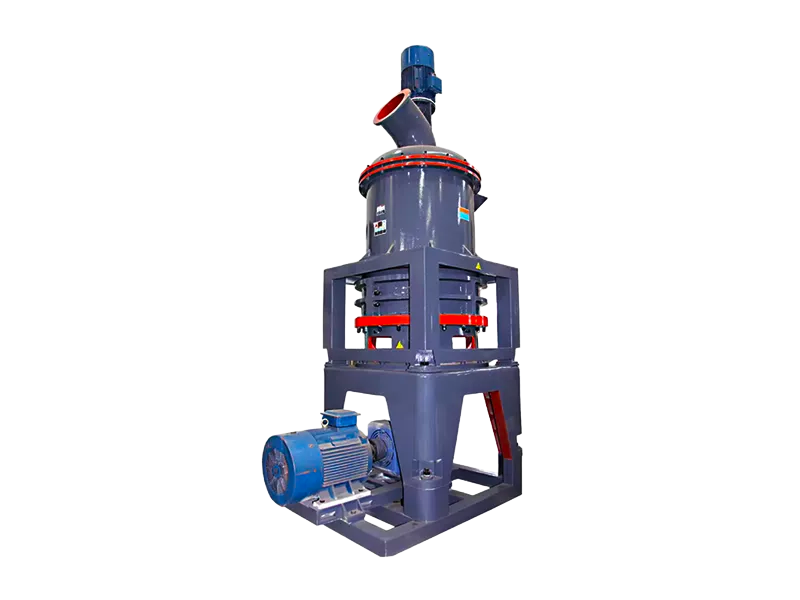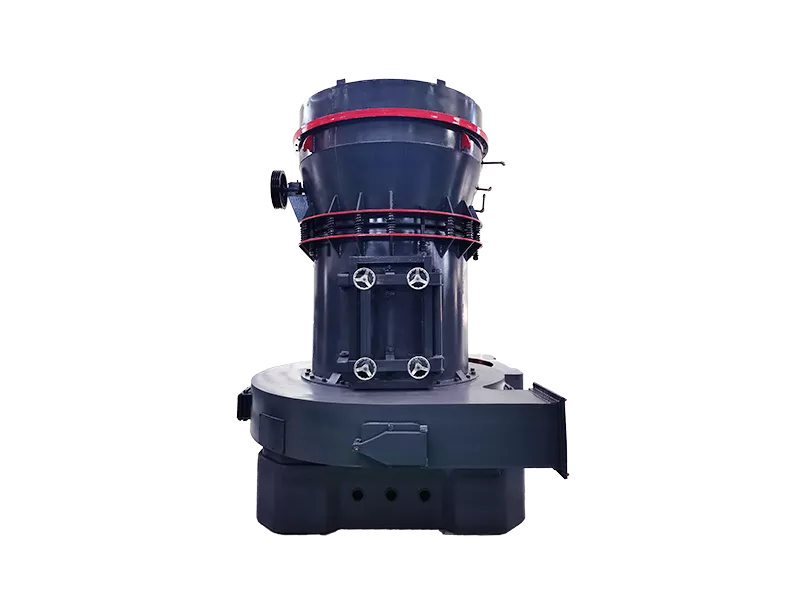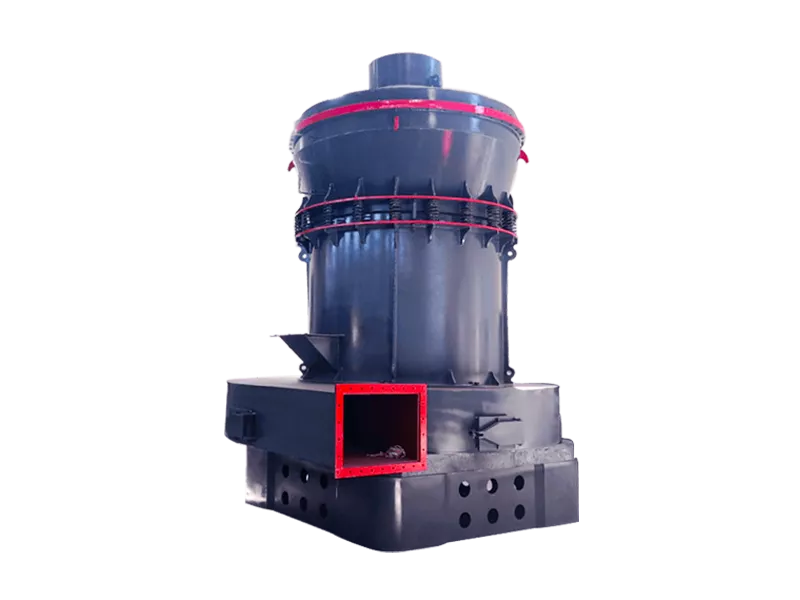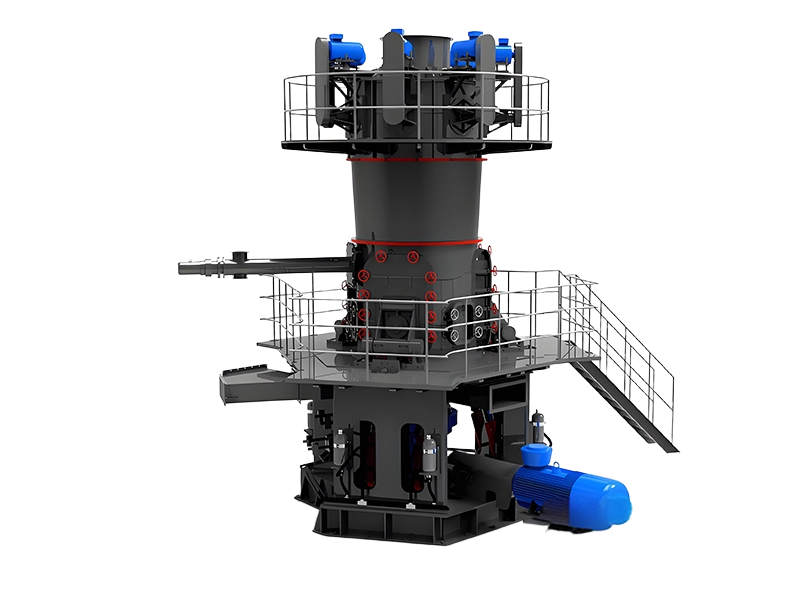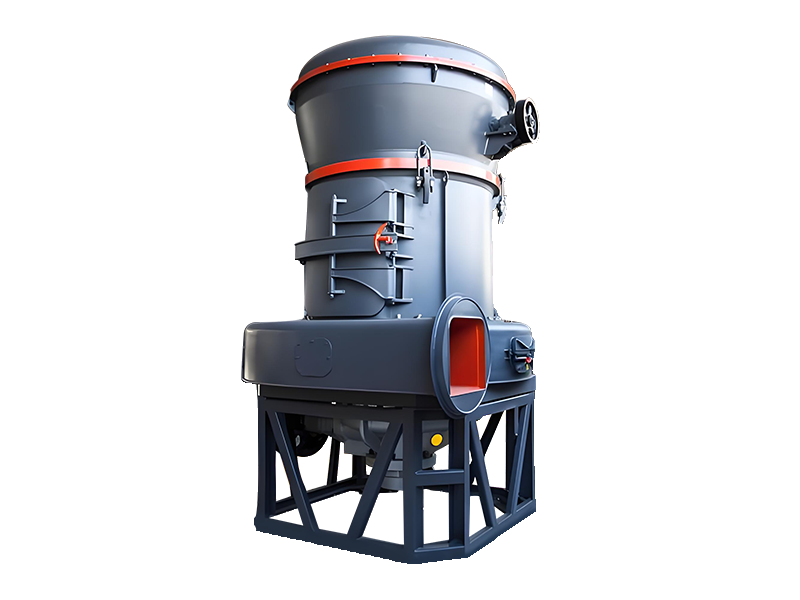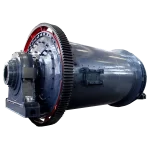
Ball Mill
2025年4月1日
Cement mill
2025年4月1日
Ball Mill
2025年4月1日
Cement mill
2025年4月1日
Highlights
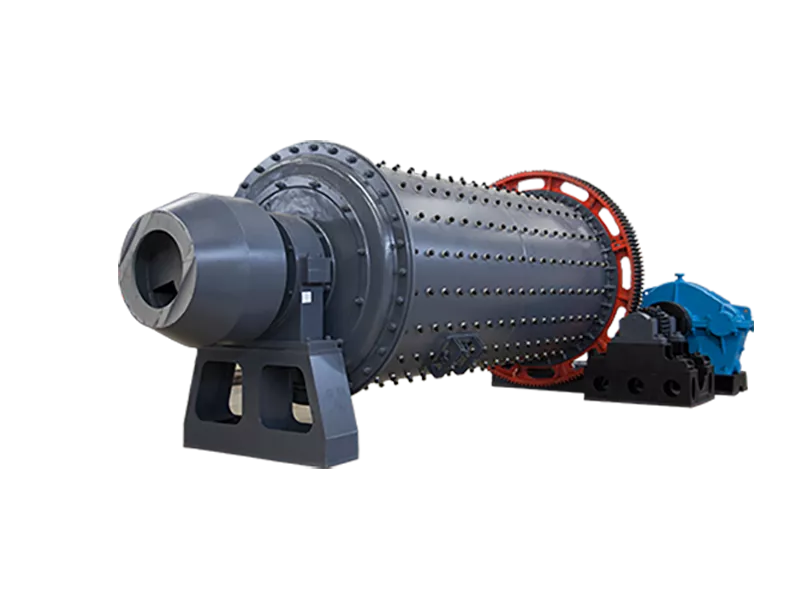
Better Grinding Efficiency
Superior Sand-Making Capability
Energy-Saving Design
Strong Wear Resistance
Wide Application Range
Easy Maintenance & Operation
Working Principle
Feeding
Rod Movement
Line Contact Grinding
Particle Size Reduction
Discharge of Material
Technical Specs
| Model | Cylinder Diameter (mm) | Cylinder Length (mm) | Motor Model | Motor Power(kW) | Motor Rotating Speed (r/min) | Length (mm) | Width (mm) | Height (mm) | Capacity (t/h) | Effective Volume (m3) | Weight (kg) |
|---|---|---|---|---|---|---|---|---|---|---|---|
| MBY 0918 | 900 | 1800 | Y225M-8 | 22 | 730 | 4980 | 2370 | 2020 | 0.62~3.2 | 0.9 | 5700 |
| MBY 0924 | 900 | 2400 | Y250M-8 | 30 | 730 | 5670 | 3280 | 2020 | 0.81~4.3 | 1.2 | 5880 |
| MBY 1224 | 1200 | 2400 | Y280M-8 | 45 | 730 | 6450 | 2800 | 2500 | 0.4~4.9 | 2.28 | 12308 |
| MBYg 1530 | 1500 | 3000 | JR117-8 | 80 | 725 | 7253 | 3070 | 2280 | 2.4~7.5 | 5 | 21210 |
| MBYg 2130 | 2100 | 3000 | JR136-8 | 180 | 735 | 8122 | 4220 | 3073 | 14~35 | 9 | 42123.5 |
| MBYg 2136 | 2100 | 3600 | JR137-8 | 210 | 735 | 8958 | 4320 | 3025 | 43~61 | 10.8 | 45800.5 |
| MBYg 2736 | 2700 | 3600 | JR158-8 | 380 | 743 | 10764 | 5750 | 3620 | 32~86 | 17.7 | 90441 |
| MBY 2740 | 2700 | 4000 | TDMK400-32 | 400 | 187.5 | 12300 | 5700 | 4700 | 43~110 | 20.4 | 75000 |
| MBY 3040 | 3000 | 4000 | JR1510-8 | 570 | 740 | 9800 | 3900 | 3900 | 54~135 | 26 | 90000 |
| MBY 3245 | 3200 | 4500 | TDMK800-36 | 800 | 167 | 14600 | 7000 | 5300 | 64~180 | 31 | 113000 |
| MBY 3645 | 3600 | 4500 | TDMK1250-40 | 1250 | 150 | 15200 | 8800 | 6800 | 80~230 | 41.8 | 139000 |
| MBY 3654 | 3600 | 5400 | TDMK1600-40 | 1600 | 150 | 15900 | 8800 | 6800 | 100~250 | 49.7 | 150000 |
FAQ
If you encounter any problems while using our crushers, sand makers, grinding mills or mobile crushers and other mining equipment, or have any questions about equipment selection, operation and maintenance, troubleshooting, etc., you are welcome to leave a message here for consultation.

Job Position
Comments from Engineers
RECOMMEND EQUIPMENT
PROFESSIONAL SERVICES
WHAT ELSE CAN I DO FOR YOU
ZHIJIAN
Sales Manager
Phone:+86-17621148835
[email protected]
What else can I do for you!

